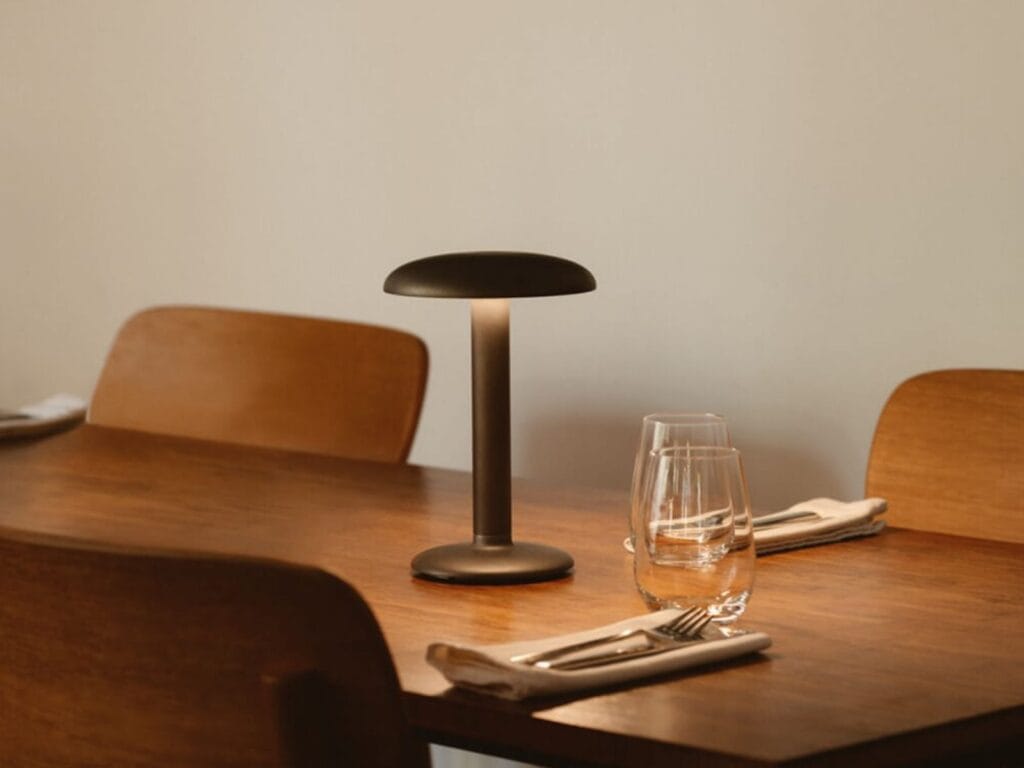Home lighting plays a key role, not only in ensuring the visibility and safety of rooms, but also in defining the atmosphere and comfort of the spaces in which we live. Proper lighting planning can transform a home by making it welcoming, functional and visually appealing. However, it is surprising how many difficulties are encountered in designing home lighting, often due to underestimation of crucial aspects.
When it comes to lighting, one must think beyond simply choosing bulbs and light points. It’s essential to consider the interaction between natural and artificial light, the color temperature of lamps, the distribution of light sources and their impact on daily activities. Moreover, lighting is not just a technical issue, but a key element of interior design that can profoundly influence the look and feel of any room.
Mistake 1: Ignoring the importance of ambient lighting
A common mistake when organizing home lighting is to underestimate the importance of ambient lighting. This type of lighting, often also called “general lighting,” is crucial because it provides the basic light needed to move comfortably in a room. Ambient lighting creates the background light level, upon which other specific light sources are then added.
When ambient lighting is inadequate, spaces can feel oppressive and unwelcoming, negatively affecting the mood and functionality of the room. It’s essential to ensure that every room in the house has sufficient ambient lighting, capable of evenly illuminating the entire space without creating annoying shadows. This can be achieved through the use of ceiling lights, pendant lamps recessed spotlights or track-mounted lights.
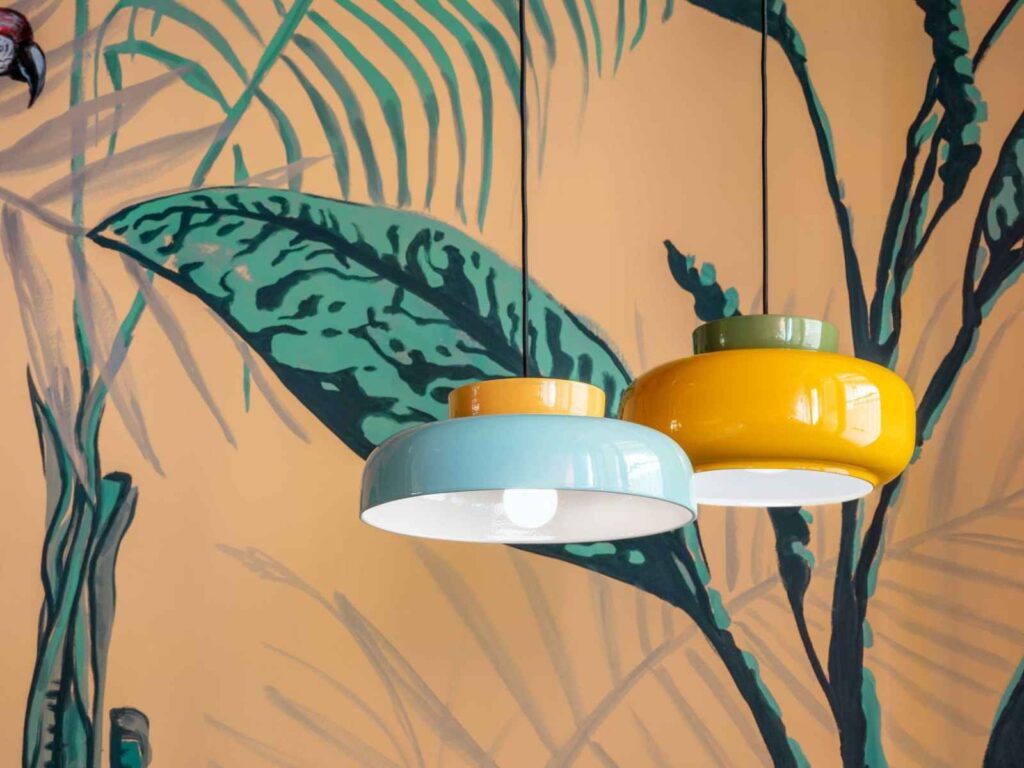
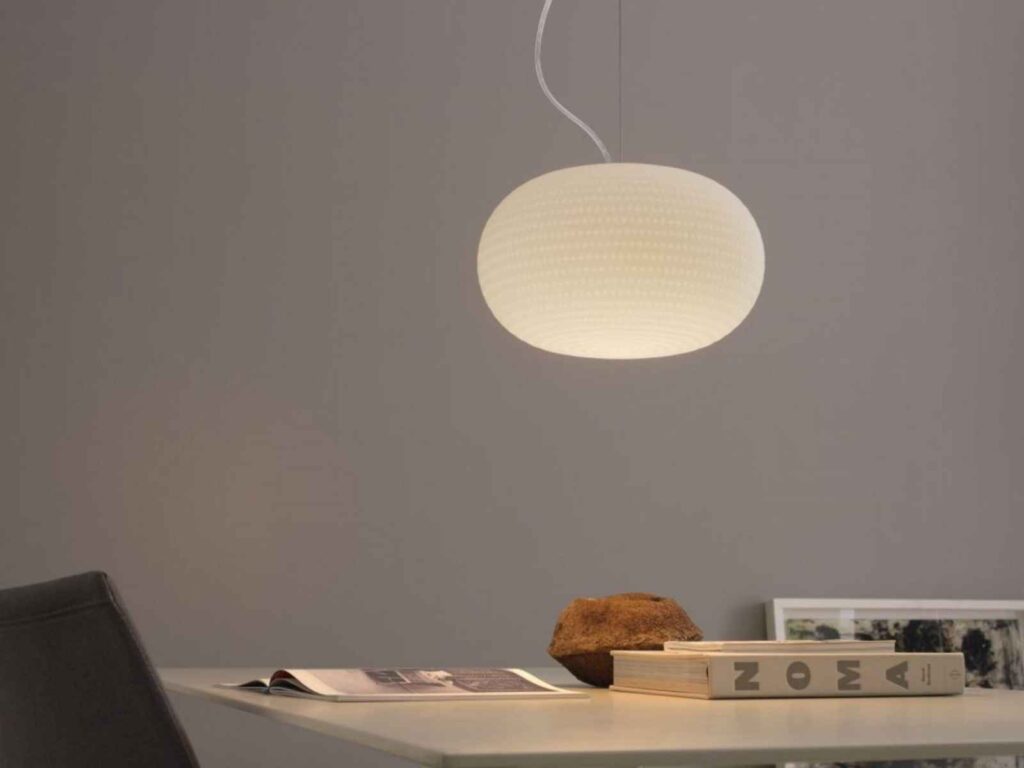
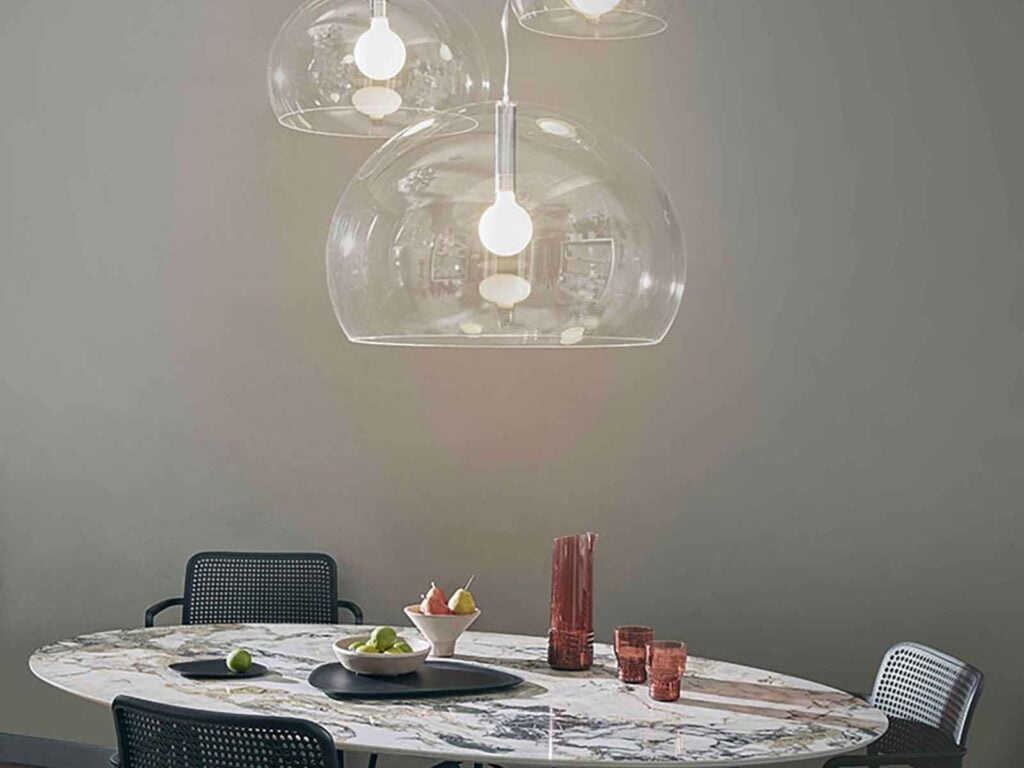
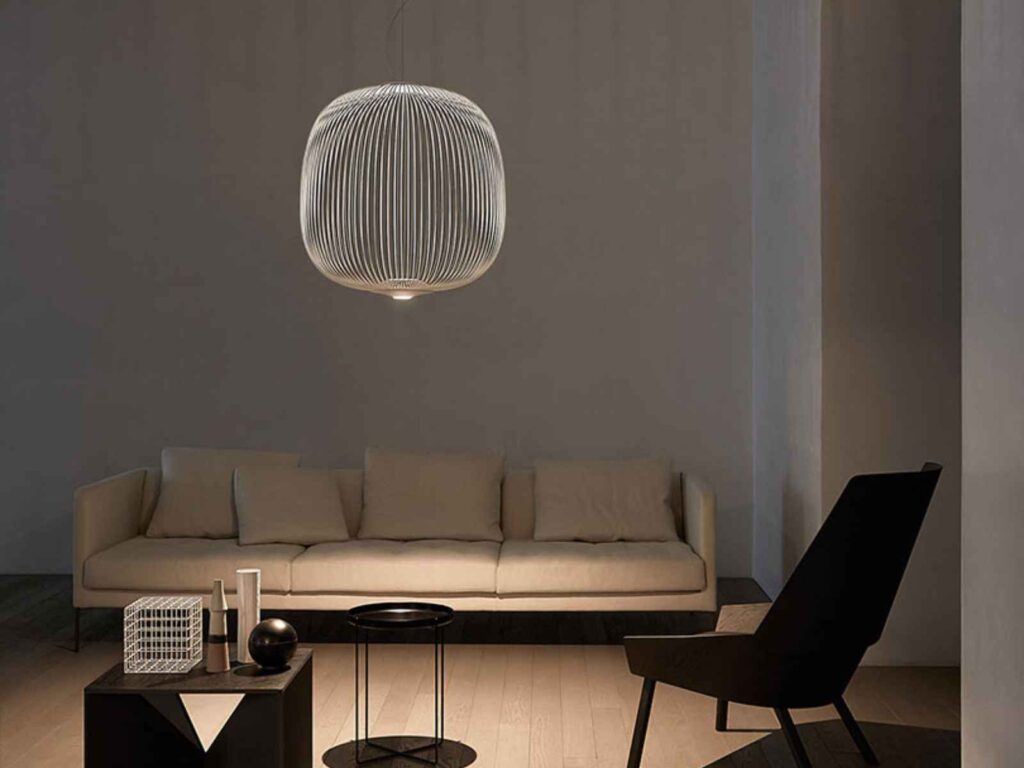
Proper ambient lighting must be well distributed and take into account the size and shape of the room. For example, in larger rooms or those with high ceilings, it may be necessary to use more light points to ensure even coverage. In addition, reflective surfaces such as clear walls and mirrors can help diffuse light, making the room brighter without having to increase the number of light sources.
In order not to underestimate the importance of ambient lighting, it is useful to do careful planning of the lighting layout early in the furniture design phase. This allows lighting to be integrated in a harmonious and functional way, ensuring a well-lit environment that meets daily needs and enhances the aesthetics of the space.
Mistake 2: Use only one light source per room
One of the most common mistakes when organizing lighting in a home is to rely on only one light source per room. This approach can lead to poorly lit and unwelcoming rooms. That’s because it doesn’t take into account the different needs and functions of each space. Single light tends to create flat, undynamic lighting that enhances neither the architecture nor the decor of the room.
Effective lighting is based on a layered system that combines different light sources: ambient lighting, task lighting, and accent lighting. This multifocal approach makes it possible to create balanced and versatile lighting that can adapt to different situations and times of day.Task lighting is essential in specific areas where particular activities, such as reading, cooking, or working, are performed. For example, a desk lamp in a study or an under-cabinet light in the kitchen provide direct, concentrated illumination that facilitates these activities. Without proper task lighting, you risk eye fatigue and making daily activities more difficult and less efficient.
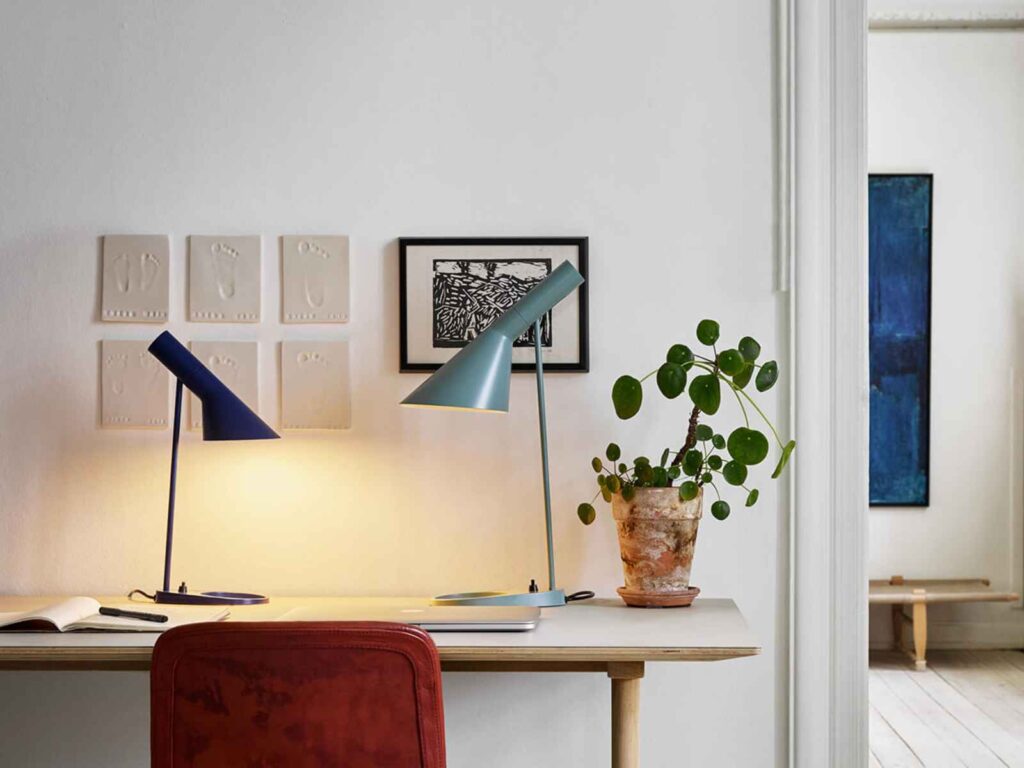
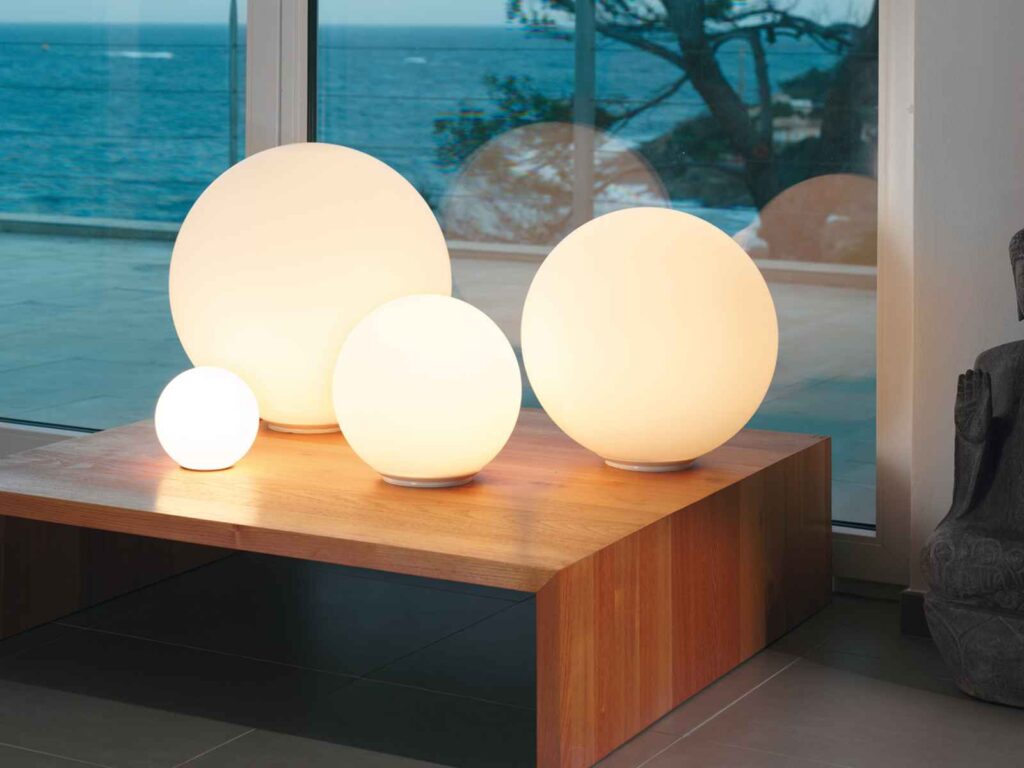
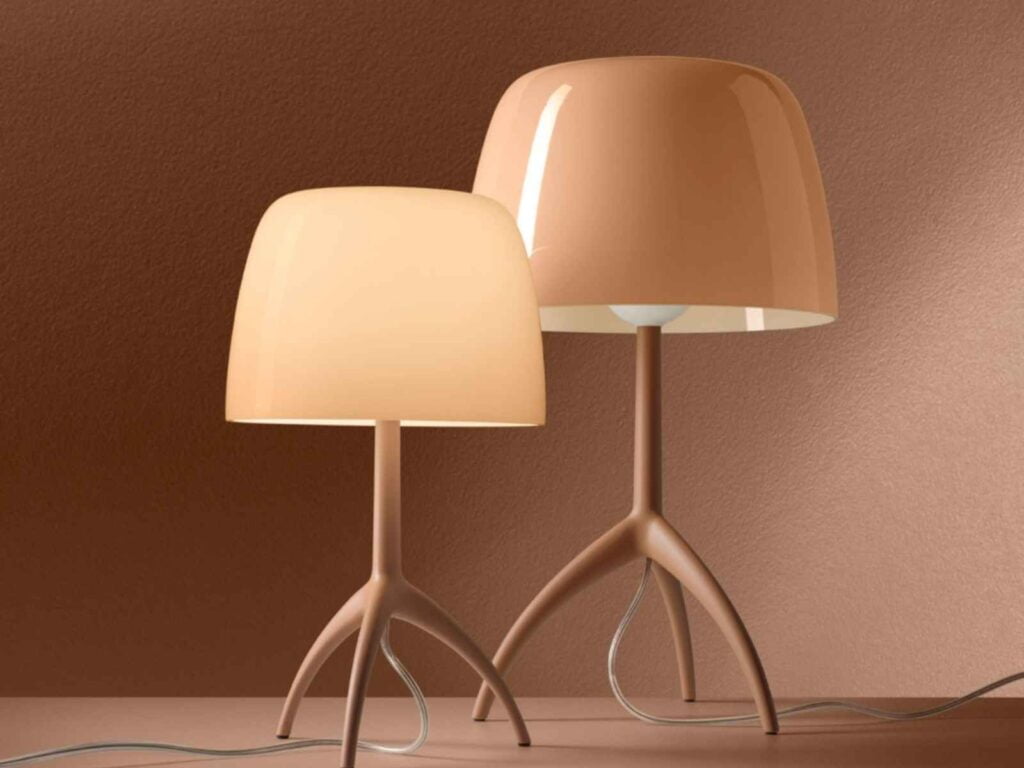
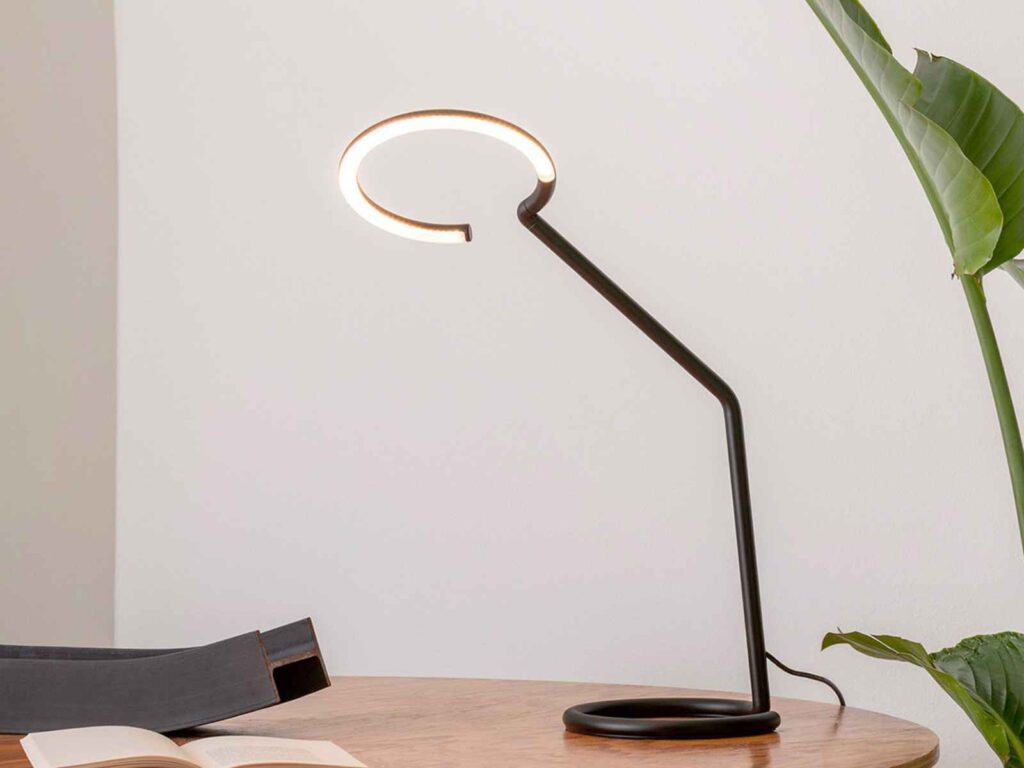
Accent lighting, on the other hand, is used to highlight architectural elements, works of art or decorative objects, adding depth and visual interest to the room. Spotlights, adjustable spotlights and track lights are ideal solutions for creating focal points that draw attention and add character to spaces.
Integrating these different types of lighting not only enhances the functionality of rooms, but also helps to create different atmospheres depending on needs. For example, a relaxing evening can benefit from soft accent lighting, while a work or study session requires more intense and focused light.
Mistake 3: Not considering the color temperature of the light
One of the aspects often overlooked when choosing lighting for the home is the color temperature of light, which has a significant impact on the atmosphere and functionality of spaces. Color temperature is measured in Kelvin (K) and varies from warm to cool tones, affecting not only aesthetics but also the visual comfort and mood of the inhabitants.
Warm-temperature lights, generally from 2700K down, emit a soft, welcoming light reminiscent of a sunset or candles. These are ideal for creating relaxing and intimate environments, perfect for the living room, bedroom or dining area. Warm light tends to make colors richer and deeper, contributing to a cozy and familiar atmosphere.
In contrast, cool-temperature lights, ranging from 4000K and up, produce a bright, vivid light similar to daylight. This type of lighting is particularly suitable for areas where good visibility and concentration is needed, such as the kitchen, home office, or bathroom. The cool light improves visibility and reduces eye fatigue during activities that require attention to detail.
An intermediate choice is neutral-temperature lights, around 3000K, which provide a balanced and versatile light suitable for different situations and environments. This color temperature is ideal for multifunctional spaces such as study areas or hobby rooms, where a balanced light that can adapt to various activities is needed.
Ignoring light color temperature can lead to errors in lighting that compromise the functionality and atmosphere of spaces. For example, using cool light in a relaxation area can be unpleasant and unnatural, while light that is too warm in a work space can reduce visibility and productivity.
To avoid these mistakes, it’s important to choose the right color temperature for each room, taking into account the activities taking place there and the atmosphere you want to create. A mix of different color temperatures, strategically distributed, can help create harmonious and functional lighting throughout the home.
Mistake 4: Place the lights incorrectly
A common mistake that can significantly compromise the effectiveness of lighting in the home is the incorrect placement of lights. Improper placement can create unwanted shadows, inadequate lighting in crucial areas, and an overall unwelcoming atmosphere. To ensure that lighting is functional and aesthetically pleasing, it’s essential to pay attention to where and how lights are placed.
First, it’s important to consider the height of the light sources. Lights that are too high can disperse light ineffectively, while those that are too low can cause glare and create an uncomfortable environment. For example, chandeliers and pendant lights should be placed at a height that allows for an even spread of light without being too obtrusive. A general rule of thumb for pendant lights above a dining table is that they should be placed about 70-80 cm above the top to adequately illuminate the surface without dazzling diners.
In addition to height, the horizontal placement of lights is also crucial. Lights should be distributed so that they cover the entire room evenly and avoid leaving dark corners. In a kitchen, for example, it is important for lights to be placed over work areas such as stovetops and sinks to ensure optimal visibility during food preparation.
Another aspect to consider is the orientation of lights. Directional lights, such as spotlights and wall sconces, should be oriented so as to avoid annoying and glaring reflections. In reading areas, floor or table lamps should be positioned so that the light comes from behind or to the side of the person reading, to avoid shadows on the book or screen.
Finally, it’s important not to ignore wall and ceiling lighting. Indirect lighting, such as LED strips hidden behind picture frames or shelves, can create a warm and welcoming atmosphere by diffusing light evenly and reducing the contrast between different areas of the room.
Mistake 5: Overlooking functional lighting in work areas
One of the most common mistakes in organizing home lighting is neglecting work areas, such as the kitchen, study or bathroom. These spaces require specific, well-designed lighting to ensure safety, efficiency and visual comfort during daily activities.
In the kitchen, for example, functional lighting is essential. Under-counter lights can adequately illuminate countertops, preventing shadows that could make food preparation difficult and increase the risk of accidents. Directional lights above the kitchen island or stove provide optimal visibility, facilitating cooking and other culinary activities. Sink lighting should also not be overlooked, as it is one of the most frequently used areas.
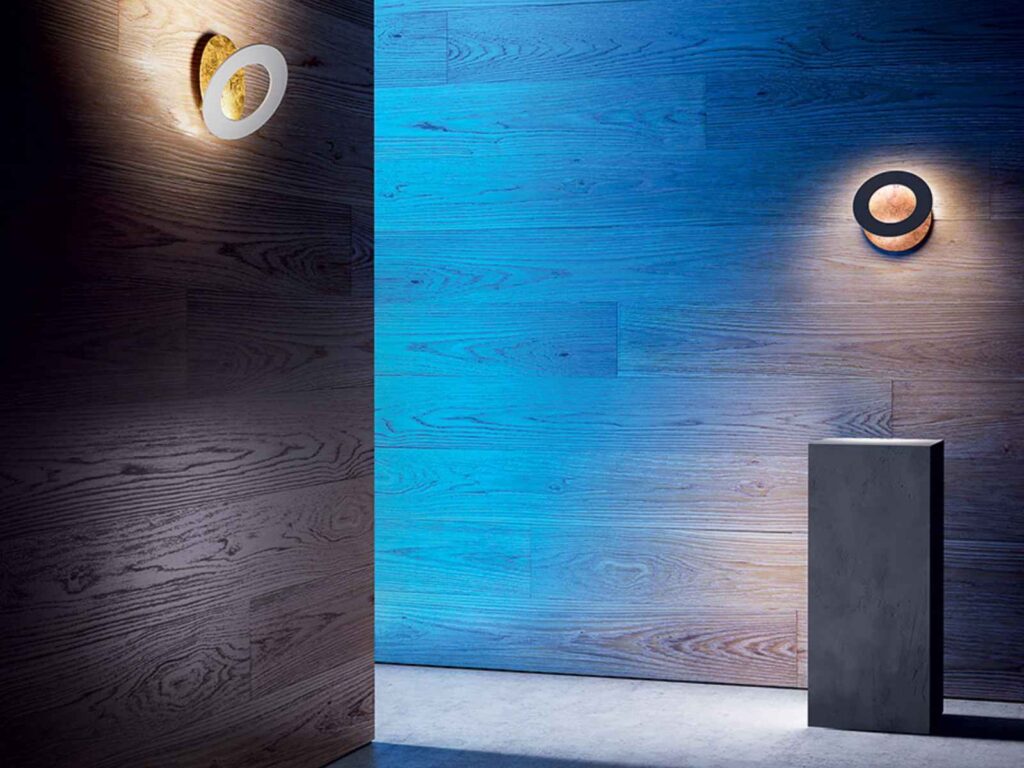
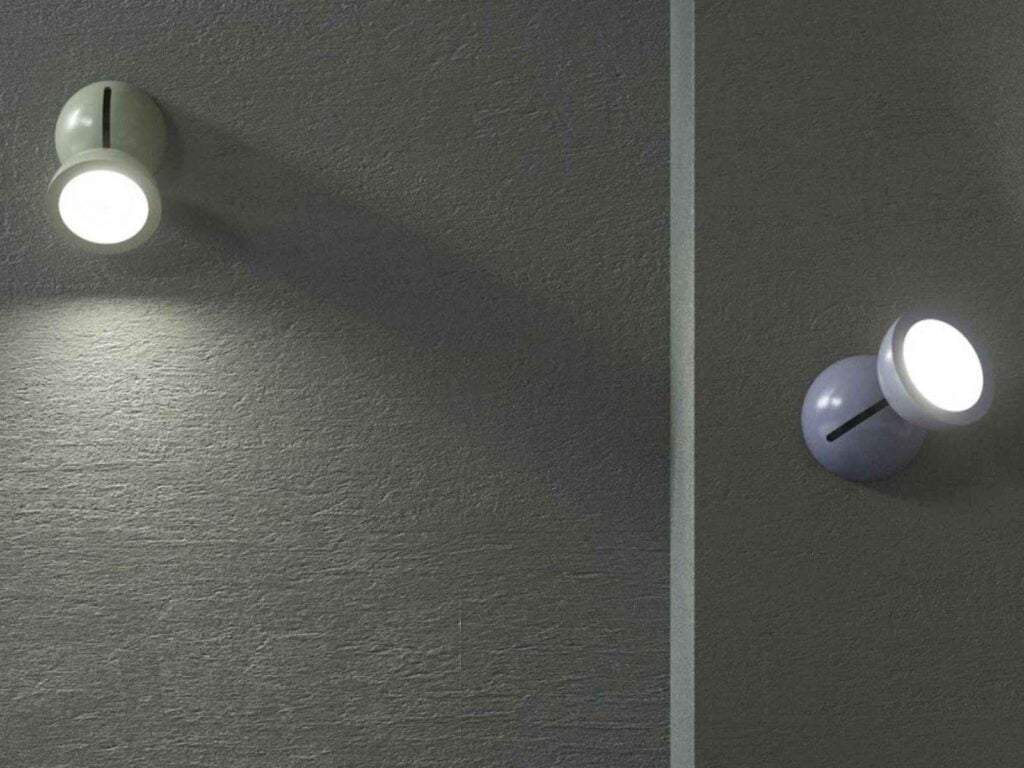
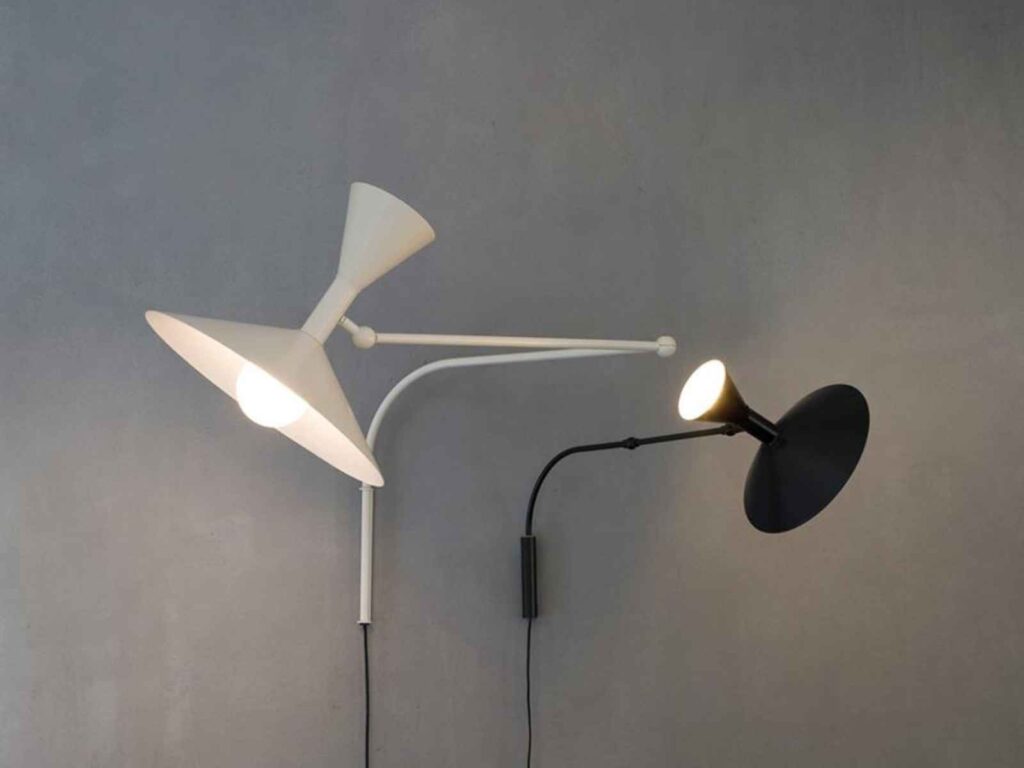
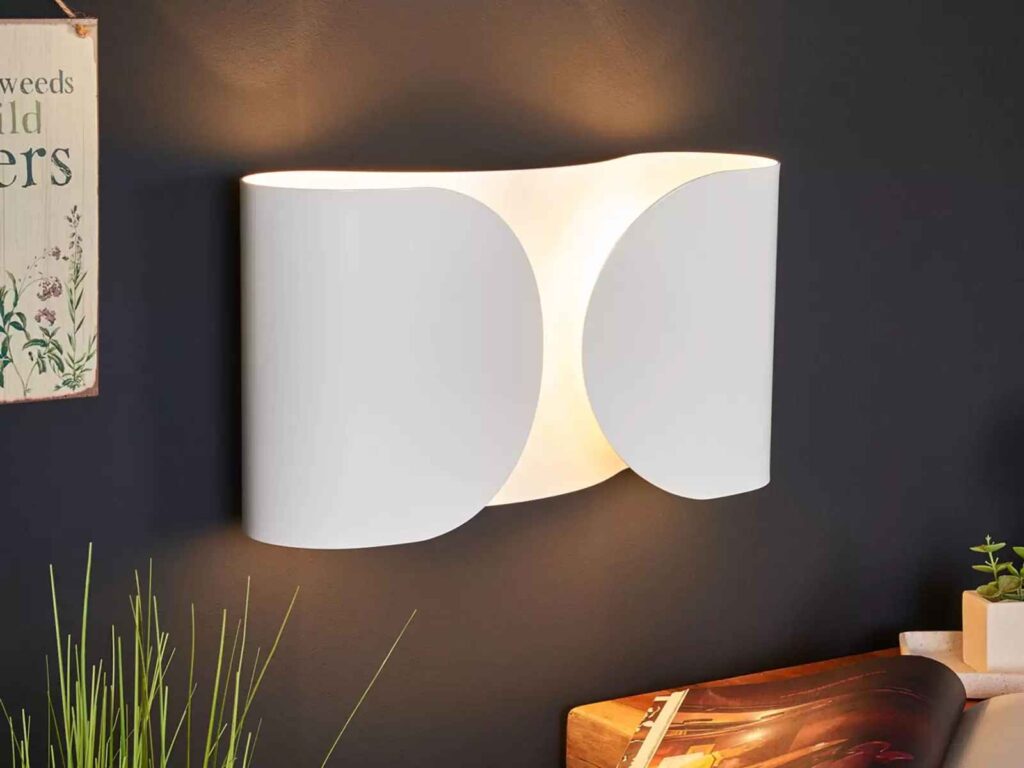
In the case of the home office or study, functional lighting is crucial for maintaining concentration and reducing eye fatigue. A good desk lamp, adjustable in height and direction, provides the light needed for reading, writing, and computer work. It is important that the light does not create glare on the computer screen and is positioned to adequately illuminate the work surface without causing annoying shadows.
The bathroom also requires special attention when it comes to functional lighting. Well-lit mirrors with wall lamps on the sides or integrated lights help during daily grooming activities, such as shaving, makeup or skin care. Lights should be positioned to provide even light on the face, avoiding shadows that can distort vision.
Discover how to best illuminate each of your rooms with the selection of lamps you can find on agofstore.com.


